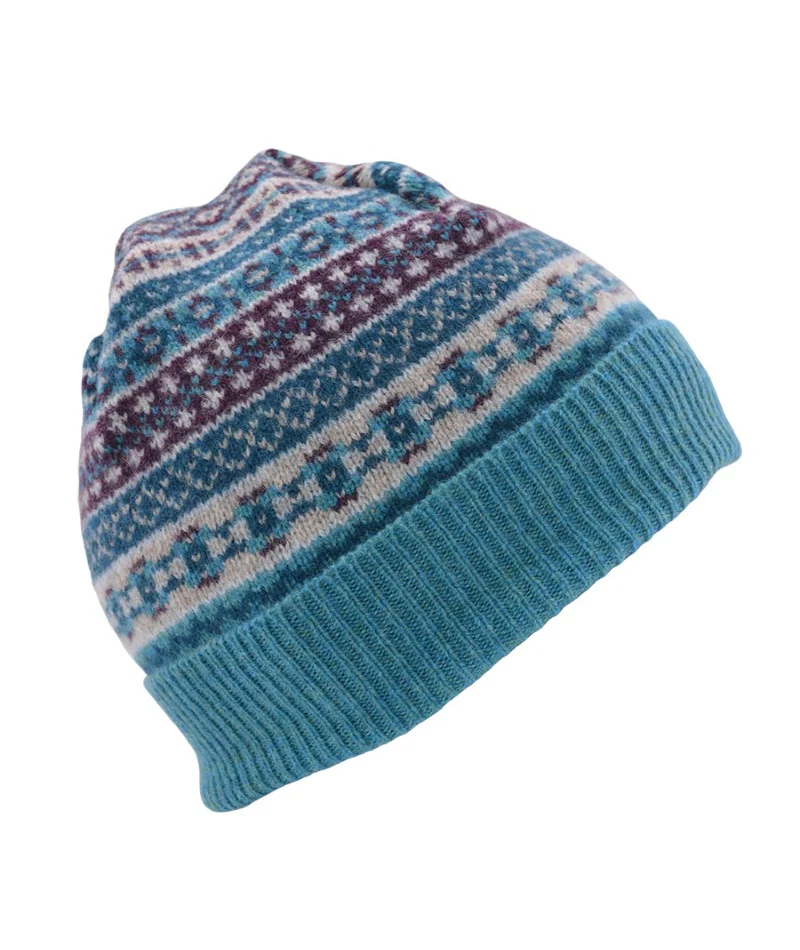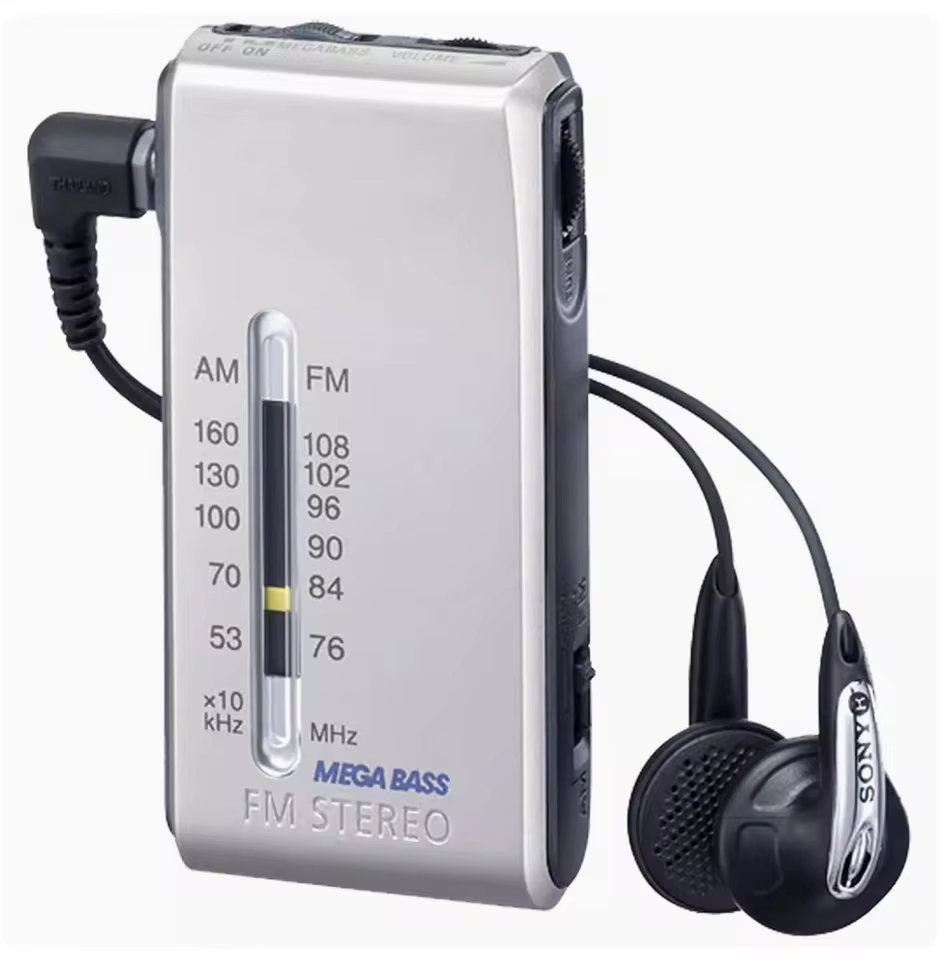Make a "Calm Down Grab Box"
- Simon O'Donovan

- 1 day ago
- 3 min read

People with more severe dementia often become afraid or agitated without necessarily being able to explain why. It is then for us to try to find out through exploration whether there are any unmet needs; are they in pain, do they need the toilet, has a memory upset them, is there any overstimulation from noise and so on.
In these circumstances it is often hard to know how best to react, other than to try to empathise and validate feelings. One idea is to build a bridge to communication through creating a "Personal Calm Down Grab Box", which provides a resource for things to help distract the person from their upset and focus them onto happier memories or enjoyable sensory experiences.
Here is a guideline to follow ....
🕊️ CST Guideline: Creating a “Calm Down Grab Box”
💡 Purpose
A Calm Down Grab Box is a personalised comfort resource that can be offered when someone with dementia is feeling anxious, restless, tearful, frightened, or agitated.The aim is to soothe, distract, and comfort, using familiar, sensory, and emotionally grounding items.
🧠 Aims & Objectives
To provide instant access to soothing, familiar sensory objects.
To reduce anxiety and prevent escalation of distress.
To offer positive sensory stimulation and emotional reassurance.
To encourage self-soothing or gentle engagement in moments of upset.
🪣 Materials Needed
A medium-sized, lidded box or basket (clearly labelled “Calm Box” or “Comfort Box”)
Soft cloth, tissue paper or lining to make it visually inviting
A mix of 5–10 carefully chosen items, based on the person’s life story, preferences, and sensory needs
🩵 Suggested Contents
Each box should be personalised, but here are some helpful ideas:
🔹 Tactile / Comfort items
A small soft toy or stuffed animal (e.g. a cat, dog, teddy)
A textured blanket, fleece, or knitted square
A fabric heart, stress ball, or smooth stone
A small hot water bottle (not hot – just comforting weight)
🔹 Soothing sensory items
A scented sachet (lavender, rose, or familiar scent)
A hand cream or moisturising wipe for gentle hand massage
Twinkly lights or a colour-changing light orb
A music player or small playlist card (soft familiar songs)
🔹 Familiar & personal
A small photo album (family, pets, home, or favourite place)
A faith symbol (cross, rosary, prayer card, etc., if appropriate)
Postcard or note with reassuring words such as:
“You are safe. You are loved. We’re here with you.”
A small object from home life (keyring, button tin, handkerchief)
🕯️ How to Use It
Keep the box within easy reach in the care setting or bedroom.
Offer it gently when signs of distress appear — e.g. pacing, shouting, crying, restlessness.
Approach calmly, use soft tone, eye level, and say:
“Let’s find something comforting in your calm box.”
Allow the person to choose or explore what attracts them.
Observe and respond — some may prefer scent, others music or touch.
Stay close, provide reassurance through presence, and avoid rushing the interaction.
🩷 Facilitator Tips
Rotate or refresh items periodically to maintain interest.
Ensure all items are safe, non-breakable, and free of choking hazards.
Avoid strong smells or noisy gadgets if the person is easily startled.
Record in care notes which items or approaches work best for calming.
Involve family in choosing items with personal meaning or memories.
🌈 Optional Additions
A small photo of the person smiling on the inside lid.
A label on the outside reading:
“When I’m upset, please offer me my Calm Box.”
Include a mini-guide for carers inside with the steps above.
🌿 Example Themes
If you wish to personalise further:
Nature calm box: shells, leaves, bird feathers, small photos of gardens
Family comfort box: photo wallet, handkerchief, family letter, perfume
Faith comfort box: prayer card, small cross, candle (battery-operated)
Music calm box: old CD sleeve, song lyrics, mini speaker, headphones
💬 Prompt Phrases for Staff or Carers
“Would you like to hold something soft?”
“I’ve brought your calm box. Let’s look together.”
“This one always makes you smile.”
“Take your time. You’re safe now.”
❤️ Summary
A Calm Down Grab Box is not just a collection of items — it’s a gentle, person-centred bridge back to calm, safety and connection.
A good approach is to try making a "Calm Down Grab Box" for yourself. Decide on your contents and write down why you chose them. This will help to translate the approach into a reality for the person with dementia you are concerned about.
Here are my items ...
Comforting images and words
Photos for reminiscence
Sensory comforts - wine (maybe non-alcohol), wine gums, mint body cream
Tactile comforters, including one to wear
Favourite music on a pre-filled iPod, with earphones
A radio to play 'Classic FM Calm'
Also you could include a picture sheet that might help identify any unmet need

Here is my comfort box. What will yours look like? Let me know in the comments below.












































Comments